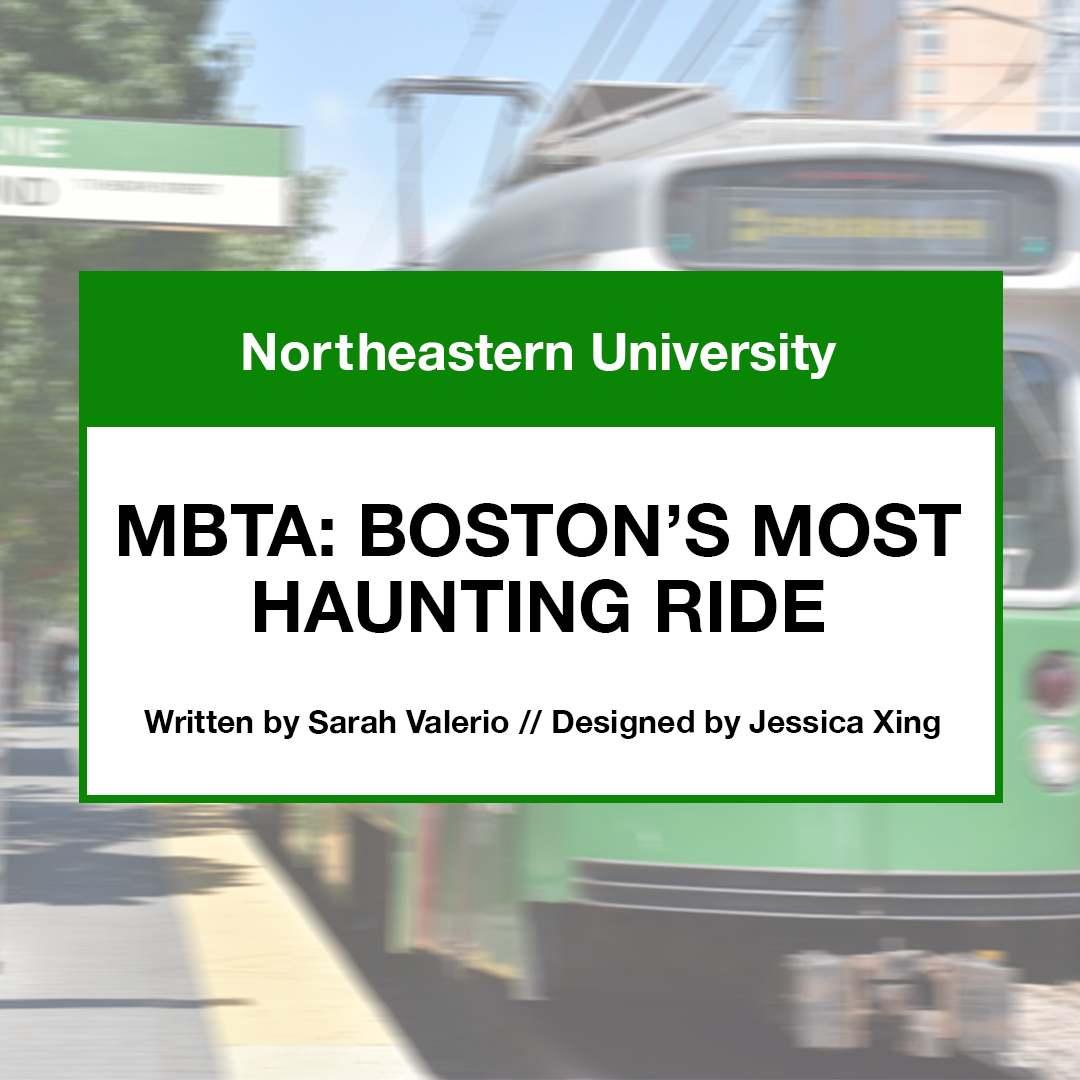
The Massachusetts Bay Transportation Authority is mainly recognized as the oldest transit system in the United States, hence its loud screeching as it turns the corner into Boylston Station and the frequent Red Line fires. However, to many Bostonians, the MBTA is much more than that. It’s slow, crowded and underfunded. Many people who rely on the MBTA worry that they may not make it to their destination on time… or even alive!
Public transportation is important to everyone in a community. From old to young, many rely on buses, trams and trains to get from point A to point B. The MBTA is vital for many people and is the backbone of Boston’s many communities, with an average of 47% of commuters taking the trains and 39% taking the buses. However, when the MBTA doesn’t prioritize efficiency, safety and comfort, many of those who rely on the MBTA suffer. These issues could impact other areas of their life outside of the commute.
In February 2024 a fire started under a Red Line car at the Kendall/MIT stop. Waiting passengers witnessed an MBTA employee put out red hot flames under the first tram around 3:00 p.m. Something similar happened in Harvard’s Red Line station when, on different occasions, a utility box fell on a woman, and a ceiling panel fell, almost hitting a group of people.
In the first incident, a utility box came dislodged, causing the whole mechanism to slide down the pole landing on a civilian, according to NBC Boston. The equipment used to hold up the box weakened over time, causing the box to fall. It was placed there in 2011 for a pilot program which ended in 2013. By 2023, when the woman was hit, the box positioning was well past its due. Luckily, the woman was left with only minor injuries.
A few months prior, a ceiling panel crashed on people waiting for the Red Line. Once the faulty panel was taken down, Interim MBTA General Manager Jeffrey Gonneville asked that more throughout the station be removed as well. Luckily, this ceiling panel failure did not lead to any injuries. Nonetheless, passengers of the MBTA should feel safe on and off the train, and the MBTA should ensure that it is a top priority.
In late 2023, Axios reported on the ridership levels from both pre and post COVID-19 pandemic. In August 2019, there were about 32 million riders. In August 2023, the rider total was 21.5 million. In April 2021, the MBTA claimed they were starting to work on getting rider numbers back up to the pre-pandemic amount. Something isn’t working.
So, what can we do? For one, ride more. Riding the MBTA is the best way you can show support. Using buses, trams and commuter rails to get to your destination instead of a car or ride share service can show the government that there is a demand. Advocating is another way in which you can help get rider numbers up. Show people why the MBTA is useful, and how they can use it to their advantage. Need help determining what needs to be brought to the government’s attention? Talk to communities in and around Boston and see where the pain points are within their daily commute. Protesting is also a great form of communicating our needs with the government and those who oversee the MBTA’s operations. Fight for those who use the MBTA daily, and rely heavily on their services. Back in April, people took to the Boston Commons and urged the MBTA to add googly eyes on the front of trains. Imagine what else we can do if we come together as a community!